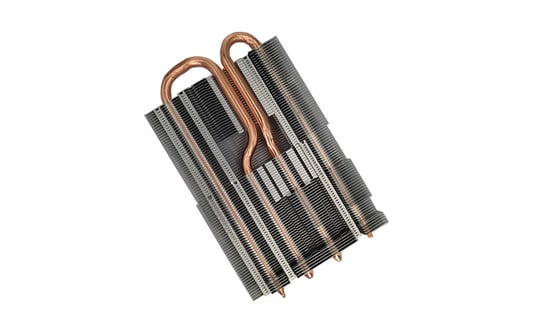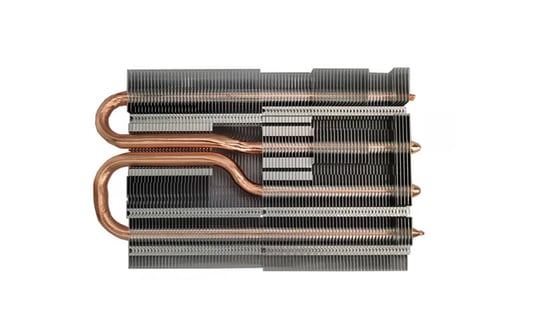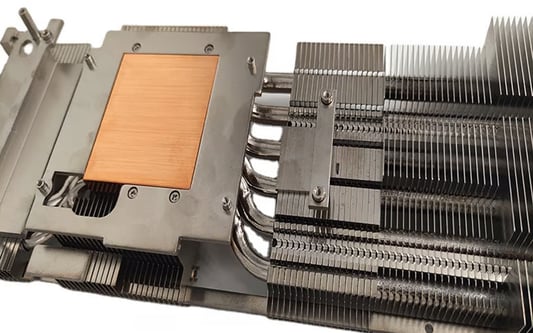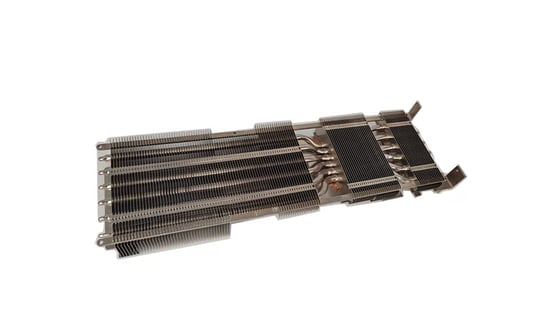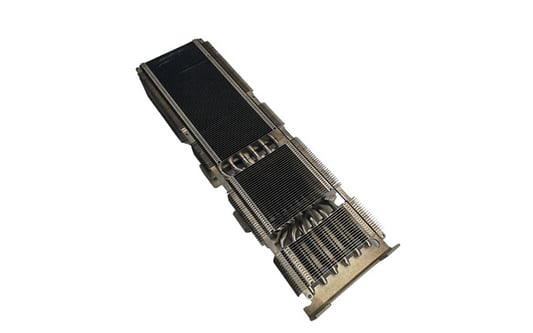Introduction to GB300 Stainless Steel Pipeline TechnologyGB300 Stainless Steel Pipeline Technology has been a game-changer in the industry due to its high strength and corrosion resistance properties. This innovative technology has provided a more durable and efficient solution for various pipeline applications, revolutionizing the way pipelines are designed and constructed.Benefits of Using GB300 Stainless SteelOne of the key advantages of GB300 Stainless Steel is its superior resistance to corrosion, making it ideal for transporting liquids and gases in harsh environments. This material also offers high strength, allowing for the construction of pipelines that can withstand high pressure and temperature conditions without compromising performance.Applications of GB300 Stainless Steel Pipeline TechnologyGB300 Stainless Steel Pipeline Technology is widely used in various industries, including oil and gas, chemical processing, and water treatment. It is commonly utilized in the construction of pipelines for transporting oil, natural gas, and other fluids, as well as in the fabrication of industrial equipment and machinery.Installation and Maintenance of GB300 Stainless Steel PipelinesProper installation and maintenance are essential for ensuring the longevity and performance of GB300 Stainless Steel pipelines. Specialized welding techniques and corrosion protection measures are typically employed to prevent degradation and ensure the integrity of the pipeline over time.Environmental Impact of GB300 Stainless Steel PipelinesCompared to traditional pipeline materials, such as carbon steel, GB300 Stainless Steel has a lower environmental impact due to its longer lifespan and recyclability. This material is known for its sustainability and eco-friendly properties, making it a preferred choice for environmentally conscious projects.Cost Considerations of GB300 Stainless Steel Pipeline TechnologyWhile the initial cost of implementing GB300 Stainless Steel Pipeline Technology may be higher than other materials, the long-term benefits, including reduced maintenance and replacement costs, often outweigh the upfront investment. Companies can experience significant cost savings over the lifecycle of the pipeline.Challenges and Limitations of GB300 Stainless SteelDespite its many advantages, GB300 Stainless Steel Pipeline Technology is not without its challenges and limitations. This material may be susceptible to certain types of corrosion under extreme conditions, requiring careful monitoring and maintenance to prevent potential issues.Future Trends in GB300 Stainless Steel Pipeline TechnologyAs technology continues to advance, we can expect to see further innovations and enhancements in GB300 Stainless Steel Pipeline Technology. Manufacturers are continually researching and developing new alloys and coatings to improve the performance and longevity of stainless steel pipelines in various applications.Regulatory Standards and Compliance for GB300 Stainless Steel PipelinesIn order to ensure the safety and integrity of GB300 Stainless Steel pipelines, it is crucial to comply with industry standards and regulations. Companies must adhere to specific guidelines and codes to meet quality assurance requirements and ensure the reliability of their pipeline systems.ConclusionIn conclusion, GB300 Stainless Steel Pipeline Technology has revolutionized the way pipelines are designed, constructed, and maintained. With its numerous benefits and applications, this innovative technology continues to shape the future of the industry, offering a sustainable and cost-effective solution for transporting fluids and gases.Quote Inquirycontact usFactory


